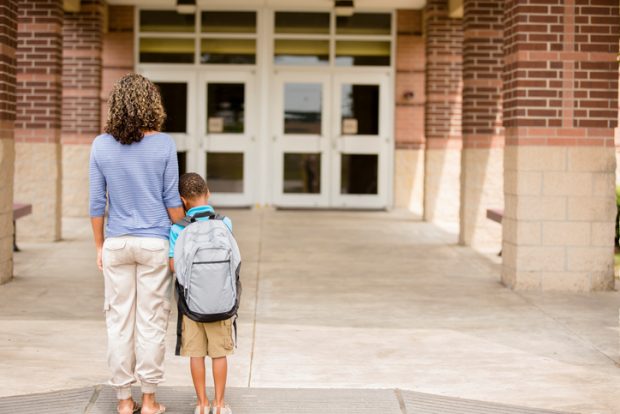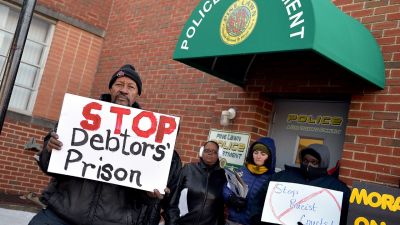Educational Inequality and Segregation in U.S. K-12 Schools

We should be clear: As long as there remains a segregated and unequal K-12 system, there is no meritocracy in college admissions.
— Ida Bae Wells (@nhannahjones) August 2, 2017
Several weeks ago, acclaimed New York Times reporter Nikole Hannah-Jones tweeted out the above on the same day that the paper of record published an article stating that the Department of Justice would devote resources to examining race-based affirmative action policies at elite institutions.
Discussions about race typically revolve around issues between blacks and whites—but this piece put a new twist on the topic: The article stated that it was the concerns of Asian American students that catalyzed the demand for an investigation.
But really it’s Edward Blum rearing his ugly head again, though he recruited Asian American students in support of his cause. As president of Students for Fair Admissions, the organization reportedly suing Harvard and which also supported Abigail Fisher, whose lawsuit against the University of Texas at Austin went to the Supreme Court (which ultimately upheld the use of race in admissions), and which has been behind other, similar lawsuits, Blum continues to oppose affirmative action.
 (Image: iStock/fstop123)
(Image: iStock/fstop123)
College Begins in Kindergarten
But Hannah-Jones’s tweet is so on-target. Educational inequality is probably the one feature that characterizes all of American K-12 education. The flagrant “othering” of black students keeps segregationist policies and practices in place. Schools are more segregated today than they’ve ever been, and the vast majority of black students attend underperforming schools.
Here’s an excerpt of a damning look at the resegregation of schools in an Alabama county, written by Hannah-Jones.
In 2013, a flier began making the rounds in Gardendale, Alabama, a suburb of Birmingham. On it, a blond white girl wearing a red backpack and knee-high socks peered innocently at a question hanging above her head: “Which path will Gardendale choose?” Beside her was a list of communities in Jefferson County — Pleasant Grove, Center Point/Huffman, Adamsville/Forestdale, Hueytown — under the heading: “Places that chose NOT to form their own school system.” Below that was a list of four communities — Homewood, Hoover, Vestavia Hills, Trussville — that did form their own school systems and were “listed as some of the best places to live in the country.”
To outsiders, these names are meaningless, but local residents knew exactly what was being said. In Jefferson County, as in any other racially mixed metropolitan area in the country, the names of towns and neighborhoods can serve as code, a way of referencing race without being explicit. Homewood, Hoover, Vestavia Hills, and Trussville and their schools were heavily white. Center Point, Pleasant Grove and the others listed next to the girl all had large black populations — some had shifted from majority white to majority black.
The flier was produced and sent out by a group of parents calling itself Focus (Future of Our Community Utilizing Schools) Gardendale. Focus was created in 2012 with a singular purpose: to split off Gardendale’s schools from the 36,000-student Jefferson County school district, where black students outnumber white ones. This process of breaking off is known as secession, and school secessions have become fairly common. Laws in 30 states explicitly allow communities to form their own public school systems, and since 2000, at least 71 communities across the country, most of them white and wealthy, have sought to break away from their public school districts to form smaller, more exclusive ones, according to a recent study released by EdBuild, a nonpartisan organization focused on improving the way states fund public education.
Read more at the New York Times.



